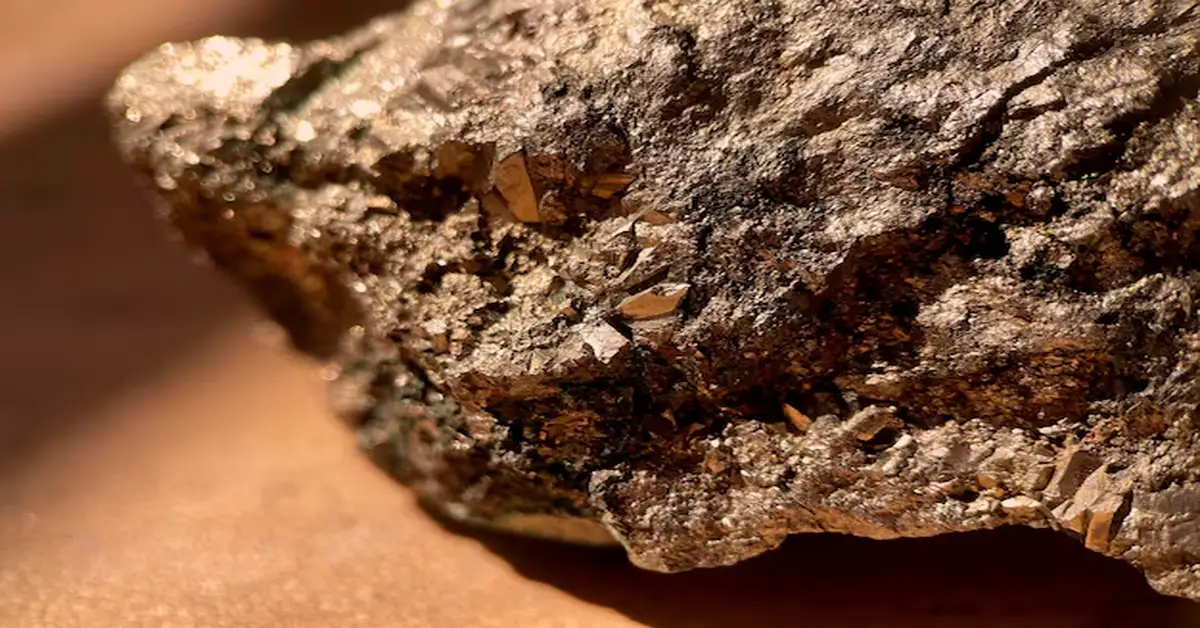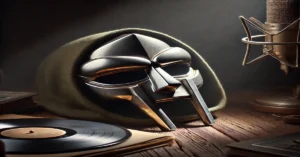Petrified wood is one of nature’s most fascinating phenomena—a fossilized remnant of ancient trees that have turned into stone over millions of years. This stunning natural wonder captures the beauty of wood while showcasing the brilliance of mineralization, making it highly sought after by collectors, geologists, interior designers, and spiritual enthusiasts alike.
In this guide, we’ll explore what wood is, how it forms, its characteristics, uses, and its significance in science and metaphysical beliefs. Whether you’re interested in its geology or its aesthetic and spiritual appeal, this article will uncover everything you need to know about wood.
What is Petrified Wood?
Petrified wood is a type of fossilized wood that has undergone mineralization, replacing organic material with minerals such as quartz, jasper, chalcedony, and opal. This process preserves the structure and grain of the original wood, resulting in a stone-like replica of the tree.
Key Characteristics of Petrified Wood:
✔ Hard as stone, often rated 7 on the Mohs hardness scale ✔ Retains the original wood grain and tree rings ✔ Displays various colors depending on the minerals involved in fossilization ✔ Found in sedimentary rock formations worldwide
How Petrified Wood Forms
The formation of wood is a slow and intricate process that takes millions of years. Here’s how it happens:
- Burial of Trees: Trees fall and become buried under layers of sediment, volcanic ash, or water with rich mineral content.
- Lack of Oxygen: The burial prevents decomposition due to limited oxygen.
- Mineral Infusion: Water rich in silica, iron, manganese, or other minerals seeps into the tree’s organic structure.
- Cell Replacement: The minerals gradually replace the wood’s organic material while preserving its shape and structure.
- Fossilization Completion: Over millions of years, the wood completely turns into a mineralized stone while retaining its original texture and details.
Types of Petrified Wood
Depending on the minerals involved in fossilization, wood can display different colors and compositions:
- Silicified Wood – Rich in quartz, typically white or translucent
- Jasperized Wood – Contains jasper, resulting in red, yellow, or brown hues
- Opalized Wood – Infused with opal, often exhibiting an iridescent sheen
- Carbonized Wood – Blackened due to high carbon content
Where is Wood Found?
Petrified wood can be found all over the world, but notable locations include:
- Petrified Forest National Park, Arizona, USA – One of the most famous sites.
- Yellowstone National Park, USA – Known for its fossilized trees.
- Argentina & Brazil – Large deposits of beautifully colored specimens.
- Madagascar – Well-preserved, high-quality pieces for collectors.
- Indonesia & Australia – Source of vibrant, polished petrified wood.
Uses of Wood
Petrified wood has been used for centuries for various purposes, including:
1. Decorative & Home Décor
✔ Used in furniture like tabletops and countertops ✔ Polished specimens serve as art pieces ✔ Stunning bookends, coasters, and sculptures
2. Jewelry & Collectibles
✔ Used in pendants, bracelets, and rings ✔ Popular among rock collectors ✔ Valued for its aesthetic appeal
3. Scientific & Educational Purposes
✔ Studied in geology and paleontology ✔ Helps scientists understand ancient ecosystems ✔ Used in educational museums
4. Metaphysical & Spiritual Uses
✔ Believed to promote grounding and stability ✔ Used in meditation and chakra healing ✔ Considered a stone of transformation and past-life recall
Scientific Importance of Petrified Wood
Scientists study wood to gain insights into ancient forests, climate conditions, and plant evolution. Fossilized wood helps reconstruct prehistoric environments and determine the types of trees that existed millions of years ago.
Metaphysical and Healing Properties
Many people believe petrified wood carries spiritual and healing properties. Some of the most common metaphysical associations include:
✔ Grounding Energy – Helps with emotional balance and stability ✔ Patience & Transformation – Represents the slow yet powerful process of change ✔ Connection to Earth – Aligns with the root chakra, promoting security ✔ Protection – Thought to provide a sense of safety and strength
How to Identify Genuine Wood
To ensure you have authentic petrified wood, check for:
✔ Hardness: Genuine petrified wood should feel like stone and not scratch easily. ✔ Wood Grain & Rings: The presence of tree rings or bark texture is a good indicator. ✔ Weight: Heavier than regular wood due to mineralization. ✔ Color Variations: Different mineral infusions create a variety of hues. ✔ UV Light Test: Some types glow under UV light, indicating mineral presence.
Caring for Wood
Maintaining petrified wood is easy, but here are some care tips:
✔ Use a soft cloth for dusting and polishing. ✔ Avoid harsh chemicals that may damage the surface. ✔ Keep it dry to prevent unnecessary reactions with moisture. ✔ Store jewelry carefully to prevent scratches.
Final Thoughts
Petrified wood is more than just a fossil—it’s a testament to nature’s ability to preserve history. Whether you’re fascinated by its geology, spiritual significance, or decorative value, owning a piece of petrified wood means holding a piece of Earth’s past.
Frequently Asked Questions
1. How old is petrified wood?
Most petrified wood is millions of years old, typically ranging from 100 million to over 300 million years old.
2. Is this wood valuable?
Yes, depending on the size, color, and quality. Some rare specimens fetch high prices.
3. Can you use wood for construction?
While technically possible, it is mostly used for decorative purposes rather than construction.
4. Can petrified wood burn?
No, since it’s completely turned into stone, it will not burn like regular wood.
5. Is petrified wood a gemstone?
Some forms, like opalized petrified wood, are considered semi-precious gemstones.









